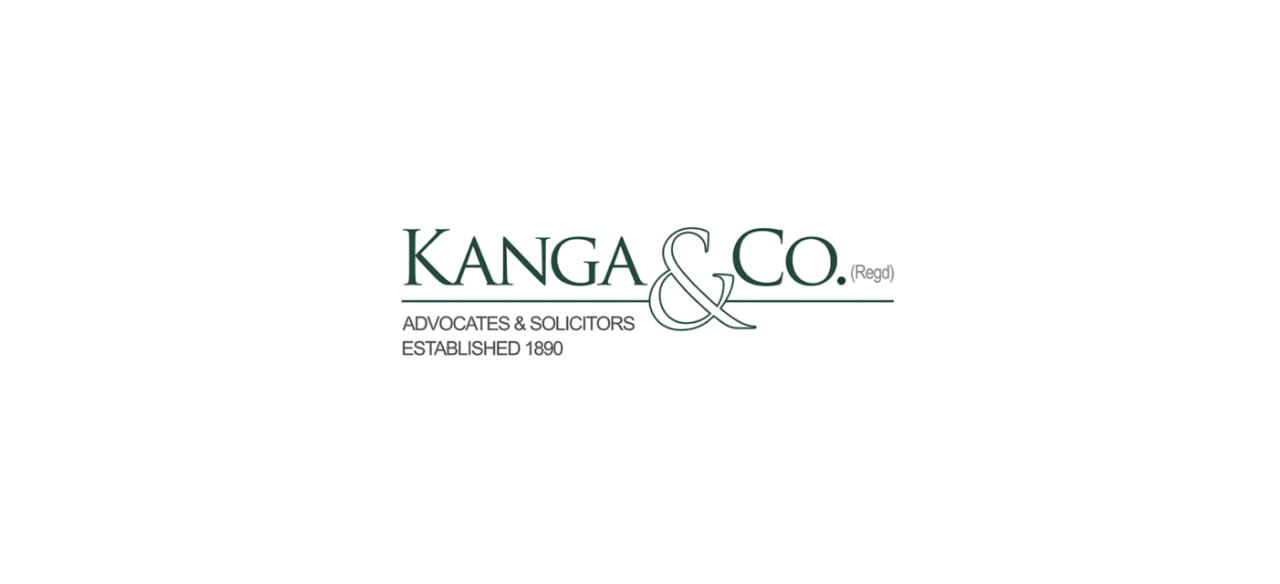Establishing a strong and distinctive brand is essential for lawyers and law firms. A compelling legal brand not only sets you apart from the competition but also fosters trust and recognition among clients. In this step-by-step guide, we will explore the elements that make a legal brand stand out and provide actionable steps for law firms and lawyers to define and build their unique brand.
Staying relevant is crucial for the longevity of your brand. Keep a keen eye on industry trends, emerging technologies, and changes in client expectations. Embrace innovation where applicable and be proactive in adapting your legal services to meet the evolving needs of your clients. A brand that demonstrates a commitment to staying abreast of industry developments is more likely to be perceived as forward-thinking and reliable.
Moreover, a legal brand is not static; it should evolve over time. Periodically reassess your brand strategy to ensure that it remains aligned with your firm’s goals and values. Solicit feedback from clients, conduct market research, and be open to making adjustments to your brand strategy as needed. This flexibility and responsiveness demonstrate a willingness to grow and adapt, traits that are highly valued in the legal profession.
In addition to maintaining a strong online presence through a well-designed website and active engagement on social media, consider leveraging content marketing to enhance your brand authority. Regularly publish informative and valuable content that showcases your legal expertise and addresses the concerns of your target audience. This not only positions your firm as an authority in your practice areas but also provides tangible value to potential clients.
Understanding the Elements of a Legal Brand
1. Define Your Core Values and Mission: Begin by identifying the fundamental values that drive your legal practice. What principles guide your decision-making and client interactions? Define a clear mission statement that reflects your commitment to clients, justice, or any other core principles that define your practice.
Interactive Example: Create a “Values Quiz” for team members to assess and define their core values. This not only engages them in the process but also provides a visual representation of their brand foundation.
2. Identify Your Target Audience: Understand who your ideal clients are. Are you targeting individuals, businesses, or specific industries? Knowing your audience allows you to tailor your brand to resonate with their needs, expectations, and values.
Interactive Example: Develop a “Client Persona Game” where team members can create fictional profiles of their ideal clients. This exercise helps in visualizing and understanding the target audience.
3. Craft a Unique Value Proposition: Clearly articulate what sets your legal services apart from others. Whether it’s a specialized expertise, innovative approach, or exceptional client service, your unique value proposition should be succinctly communicated.
Interactive Example: Create a “Differentiation Challenge” where team members brainstorm and share unique aspects of their practice. This fosters creativity and helps in refining their value proposition.
Building Your Unique Legal Brand
4. Design a Distinctive Visual Identity: The visual elements of your brand, such as logos, color schemes, and fonts, play a crucial role in brand recognition. Invest in professional branding materials that visually represent your firm’s personality.
Interactive Example: Host a “Logo Design Contest” within the firm, encouraging everyone to contribute logo ideas. This not only involves the team but also sparks creativity.
5. Develop Consistent Brand Messaging: Ensure that your brand message is consistent across all platforms. From your website and social media profiles to legal documents, a cohesive message reinforces your brand identity.
Interactive Example: Create a “Message Matching Game” where team members match different brand messages to the appropriate communication channels. This activity reinforces the importance of consistency.
6. Utilize Storytelling Techniques: Humanize your brand by incorporating storytelling into your messaging. Share success stories, client testimonials, or personal anecdotes that showcase the human side of your legal practice.
Interactive Example: Host a “Story Slam” event where team members share impactful stories from their legal career. This not only strengthens the team bond but also provides authentic content for the brand.
Putting Your Brand into Action
7. Build a Strong Online Presence: In today’s digital age, a robust online presence is non-negotiable. Develop a user-friendly website, optimize for search engines, and maintain active and engaging social media profiles.
Interactive Example: Conduct a “Digital Scavenger Hunt” where team members explore the firm’s online platforms to find and share interesting content. This activity encourages familiarity with the online presence.
8. Engage in Thought Leadership: Position yourself or your firm as an authority in your field by producing valuable content. This could include blog posts, whitepapers, webinars, or podcasts that showcase your expertise.
Interactive Example: Organize a “Legal Trivia Night” where team members compete in a friendly competition, answering questions related to their legal expertise. This not only educates but also highlights their knowledge.
9. Seek Client Feedback and Adapt: Actively seek feedback from clients and use it to refine your brand. Client satisfaction is a powerful component of your brand, and adapting to meet their needs enhances your reputation.
Interactive Example: Create a “Feedback Board” where team members and clients can post comments or suggestions anonymously. This allows for honest feedback and continuous improvement.
10. Measure and Adjust: Regularly assess the effectiveness of your branding efforts. Analyze metrics such as website traffic, social media engagement, and client conversion rates. Use these insights to make data-driven adjustments to your brand strategy.
Interactive Example: Implement a “Brand Scorecard” where team members rate different aspects of the firm’s branding efforts. This provides a visual representation of areas that may need improvement.
Building a Lasting Legal Brand
Crafting a legal brand is an ongoing process that requires dedication, creativity, and a commitment to authenticity. By defining your core values, building a unique identity, and consistently delivering on your brand promise, you can establish a legal brand that resonates with clients and stands the test of time. Remember, a strong brand is not just about attracting clients; it’s about building lasting relationships and leaving a memorable impression in the legal landscape.
A legal brand must be firmly rooted in its core values. These values serve as the foundation upon which your brand identity is built. Take the time to identify and articulate the principles that define your firm’s ethos and approach to the practice of law. Whether it’s a commitment to transparency, integrity, or client empowerment, these values should permeate every aspect of your legal practice.
Building on your core values, develop a unique brand identity that sets your legal practice apart from the competition. This involves creating a cohesive visual and verbal language that reflects your values and resonates with your target audience. Invest in a professional and visually appealing logo, choose a distinctive color palette, and craft a compelling narrative that tells the story of your legal brand. Consistency across all brand elements fosters recognition and helps to establish a strong and memorable presence in the minds of your clients.
Consistency, however, is not limited to visual elements alone. It extends to every interaction and touchpoint your clients have with your legal practice. From the tone of your communications to the user experience on your website, ensure that every aspect of your brand is aligned with your established values and identity. Consistency builds trust and reinforces the authenticity of your legal brand, making it more likely to resonate with clients seeking reliability and reliability in legal services.
Remember that a legal brand extends beyond the digital realm. Attend industry conferences, participate in community events, and engage in public speaking opportunities to further establish your presence in the legal landscape. Networking and building relationships within and outside the legal community contribute to the overall perception of your brand.
Furthermore, investing in the professional development of your team can significantly impact your legal brand. Ensure that your attorneys and staff embody the values and commitment to excellence that your brand represents. This not only enhances the internal cohesion of your firm but also contributes to the external perception of your brand as one that is supported by a competent and dedicated team.
In conclusion, crafting and maintaining a legal brand is an ongoing and dynamic process that requires dedication, creativity, and adaptability. By defining core values, building a unique identity, and consistently delivering on your brand promise, you can establish a legal brand that resonates with clients and stands the test of time. A strong legal brand goes beyond attracting clients; it is about building lasting relationships, leaving a memorable impression, and navigating the ever-evolving legal landscape with authenticity and resilience.








